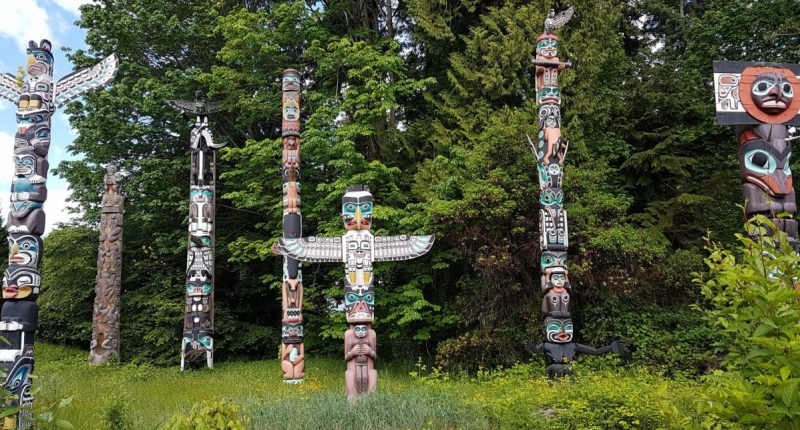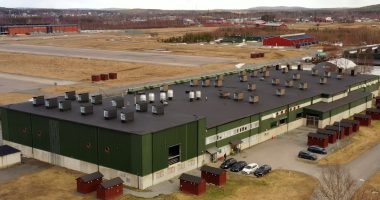- The relationship between Canada’s mining industry and First Nations communities has evolved significantly over the years, moving from mere consultation to active partnerships that benefit both
- Indigenous communities have a profound connection to their traditional territories, which includes a deep understanding of the local environment, invaluable for sustainable mining practices
- Impact benefit agreements outline the benefits that Indigenous communities will receive from mining projects, including financial compensation, employment opportunities, and community development initiatives.
- Mining companies invest in training and education programs to build the capacity of Indigenous communities, enabling them to take on more significant roles in the industry
Canada’s mining industry is deeply intertwined with the history, culture and economic development of First Nations communities.
This relationship has evolved significantly over the years, moving from mere consultation to active partnerships that benefit the industry and Indigenous communities. This article explores the valuable roles Indigenous communities play in the mining sector and highlights prominent Canadian mining companies that have established strong, mutually beneficial relationships with First Nations.
Historical context
Mining has been a part of Canada’s landscape for centuries, with Indigenous communities historically engaging in mineral extraction and trade long before European settlers arrived.
Today, the industry recognizes the importance of these traditional lands and the need for respectful and collaborative engagement with First Nations.
The role of First Nations in mining
First Nations communities play several critical roles in the mining industry:
- Stewards of the land: Indigenous communities have a profound connection to their traditional territories, which includes a deep understanding of the local environment. This knowledge is invaluable for sustainable mining practices.
- Economic partners: Many First Nations have established economic development corporations that partner with mining companies, providing services ranging from environmental monitoring to construction and logistics.
- Cultural advisors: Indigenous leaders and Elders offer guidance on cultural and spiritual matters, ensuring that mining activities respect sacred sites and traditional practices.
Noted indigenous consultant JP Gladu, a former president of the Canadian Council for Aboriginal Business, has said that the world now demands more of resource companies when it comes to environmental stewardship, greenhouse gas reduction, and in respecting human and treaty rights under the United Nations Declaration on the Rights of Indigenous People.
Prominent mining companies and their partnerships
Several Canadian mining companies have set exemplary standards in working with First Nations communities:
- Teck Resources (TSX:TECK.A and TECK.B; NYSE:TECK): Teck has numerous agreements with Indigenous communities, including Impact Benefit Agreements that work to ensure local communities benefit from mining projects through employment, training, and business opportunities.
- Newmont Corp. (NYSE:NEM; TSX:NGT; ASX:NEM): Following its acquisition of Goldcorp Inc., Newmont has been recognized for its many relationships with Indigenous communities, particularly through its Musselwhite Mine in Ontario, which operates on traditional lands of the First Nations.
- Cameco Corp. (TSX:CCO; NYSE:CCJ): Cameco has long-standing partnerships with Indigenous communities in Northern Saskatchewan, focusing on employment, training and community investment.
See also – “Four indigenous stocks to watch”
How these partnerships work
The partnerships between mining companies and First Nations are built on several key principles:
- Free, prior and informed consent: This principle ensures that Indigenous communities have a say in projects that affect their lands and resources. It moves beyond consultation to require active consent.
- Impact benefit agreements: These agreements outline the benefits that Indigenous communities will receive from mining projects, including financial compensation, employment opportunities and community development initiatives.
- Capacity building: Mining companies invest in training and education programs to build the capacity of Indigenous communities, enabling them to take on more significant roles in the industry.
The environmental, social and governance (ESG) angle
The ESG investment principle is a framework used to evaluate the sustainability and ethical impact of an investment in a company or business.
In the mining industry, ESG principles are crucial for ensuring that operations are environmentally responsible, socially equitable, and governed transparently. For Canadian First Nations, ESG considerations are particularly significant. Mining projects often occur on or near Indigenous lands, making it essential to engage with First Nations communities early and continuously. This engagement helps address environmental concerns, such as land and water protection, and ensures that social impacts, like community health and economic benefits, are fairly managed.
Proper governance practices, including transparent decision-making and respect for Indigenous rights, are vital to building trust and avoiding conflicts.
By adhering to ESG principles, mining companies can foster positive relationships with First Nations, leading to more sustainable and mutually beneficial outcomes.
Conclusion
The relationship between Canada’s mining industry and First Nations is a powerful example of how collaboration and mutual respect can lead to shared prosperity. By recognizing the valuable roles that Indigenous communities play and fostering strong partnerships, the mining sector can continue to thrive while supporting the economic and cultural well-being of First Nations.
Investors should view these partnerships as a positive indicator of a company’s commitment to sustainable and ethical practices, which are increasingly important in today’s market.
Join the discussion: Find out what is going on in Canadian mining on Stockhouse’s metals and mining trending news page, and see what everybody’s saying about these stocks and more, check out Stockhouse’s stock forums and message boards.
The material provided in this article is for information only and should not be treated as investment advice. For full disclaimer information, please click here.
(Top image: File photo of totem poles in Stanley Park, Vancouver)





